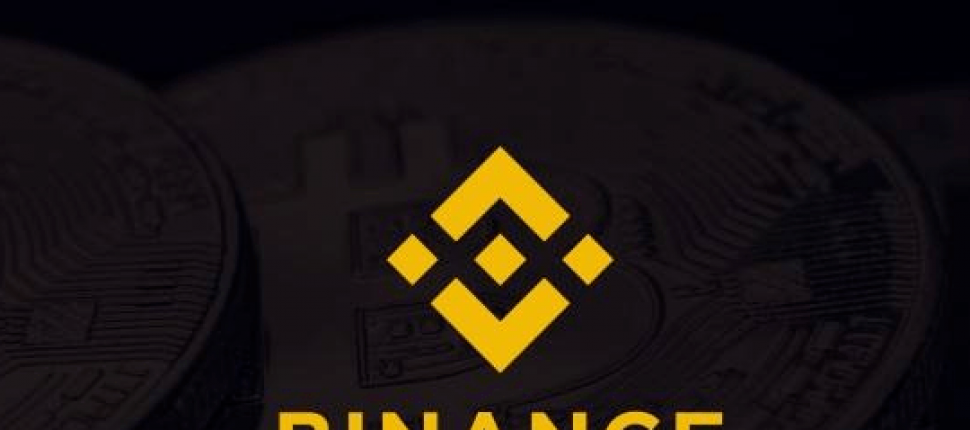- >Buying Crypto
- >How to Buy Synthetix 2025 | Complete Overview of SNX
How to Buy Synthetix 2025 | Complete Overview of SNX
SNX Pros & Cons
Pros
Stake to earn portion of exchange fees
Trading on exchange does not require SNX
Competitive rates
Access to variety of synthetic assets (stocks, crypto, fiat)
Easy to navigate user interface
Cons
High gas fees because it is built on Ethereum
Potential regulatory changes could affect future
SNX Ratings
Supply
- Max Supply: 212,424,133 SNX
Network Speed
- Rating: Medium-Low
- Reason: Uses Ethereum blockchain for processing transactions, so speed is slow unless willing to pay extra gas fees to speed up the transaction. High cost for fast transactions and paying minimum can result in transaction not even being processed and having to be resent.
Disbursement
- Rating: Low
- Reason: 85% of the supply is held by whales and investors, meaning the concentration of SNX is fairly concentrated amongst big players.
Developer Engagement
- Rating: High
- Reason: Stake holders can vote on governance of network and protocols, active governance page that tracks changes to protocol.
Liquidity
- Rating: Medium-High
- Reason: Half of the supply of Synthetix Network Token is currently being staked, but it is a top 50 asset that averages around $100 million USD in trading volume per day.
History of Synthetix
The Synthetix Exchange and Network Token project began under the name Havven, a project devised by Cain Warwick. The product of this project was a stablecoin called nUSD which was released on June 11, 2018 and was the first example of a synth. However, in December 2018, the project was renamed to Synthetix, and the project began creating a platform capable of representing more than 20 synthetic assets such as fiat currencies, commodities and crypto assets.
Now in 2023, Synthetix Network Token and the Synthetix Exchange have become one of the top assets in the decentralized finance sector with over $2.2 billion in value locked into the protocol.
SNX Frequently Asked Questions
Synthetix is a decentralized protocol for issuing and trading synthetic assets on Ethereum. Each synthetic asset (or Synth) is an ERC20 token which tracks the price of an external asset. For example, each sUSD token tracks the price of the US dollar. In principle the system can support any asset with a clear price and can provide on-chain exposure to an unlimited range of real-world assets. SNX is used to govern and incentivize the users of the network through rewards in the form of a prorated fees generated through the decentralized exchange.
Both Synthetix and Uniswap are decentralized applications built on Ethereum and are liquidity protocols where users can provide liquidity and receive fees. However, they are not interchangeable projects, each has its own mechanisms, advantages, and disadvantages depending on your goals and intentions with each platform.
Synths are minted when SNX holders stake their SNX as collateral using Mintr, a decentralised application for interacting with the Synthetix contracts. Synths are currently backed by a 750% collateralisation ratio.
When you stake SNX it automatically mints sUSD at that ratio. SNX stakers incur debt when they mint sUSD (or any Synth), and to exit the system (i.e. unlock their SNX/get rewards) they must pay back this debt by burning Synths.
The amount of debt is based on the price change to SNX relative to the minted Synth, meaning if you stake SNX to mint sUSD and the price of SNX increases, an equivalent portion of your SNX is automatically unlocked as collateral. For example, if a user locks $100 of SNX as collateral, and the value of SNX doubles, then half of their SNX (total value: $200) is locked and the other half is unlocked. If they wish, that extra unlocked SNX can then be staked to mint more sUSD.
Stakers received a portion of the trading fees generated by the exchange protocol. When Synths are exchanged through the Synthetix contract, a 0.3% fee is extracted and sent to the fee pool to be claimed by SNX stakers.
Fees are allocated to stakers based on the proportion of debt each staker has issued. For example, if a staker has issued 1,000 sUSD in debt, the debt pool is 10,000 sUSD, and 100 in fees are generated in a fee period, this staker is entitled to 10 sUSD because their debt represents 10% of the debt pool. The more volume the exchange pool does, the greater the reward the staker receives.
Yes, Synthetix offers dApps and there are dApps for it as well. The Synthetix Exchange itself is a decentralized exchange application. Mintr is a decentralized application for interacting with the Synthetix contracts, it allows you to stake your SNX and mint synthetic USD (sUSD). Kwenta.io is a derivatives trading protocol built on Synthetix protocol that requires no account creation or transfer of custody of funds to use.
Synthetix is built on the Ethereum blockchain, so you could say the protocol is based (housed) on Ethereum, but the Synthetix protocol is a separate intellectual property and is not based on Ethereum’s. Synthetix has its own consensus algorithm, token economy, pros, cons, etc.
Synths are synthetic assets, minted against the value of crypto assets staked as collateral. There are two types of synths, an “s” synth and an “i” synth. An S synth such as sUSD is based on the current actual value of an asset, while an I synth is an inverse synth, meaning the value is the inverse of the current actual value. Users of the Synthetix Exchange are then effectively able to short an asset by buying the inverse synth and long an asset with a standard synth. There are currently five categories of Synths available: fiat currencies, commodities, cryptocurrencies, inverse cryptocurrencies, and cryptocurrency indexes.


